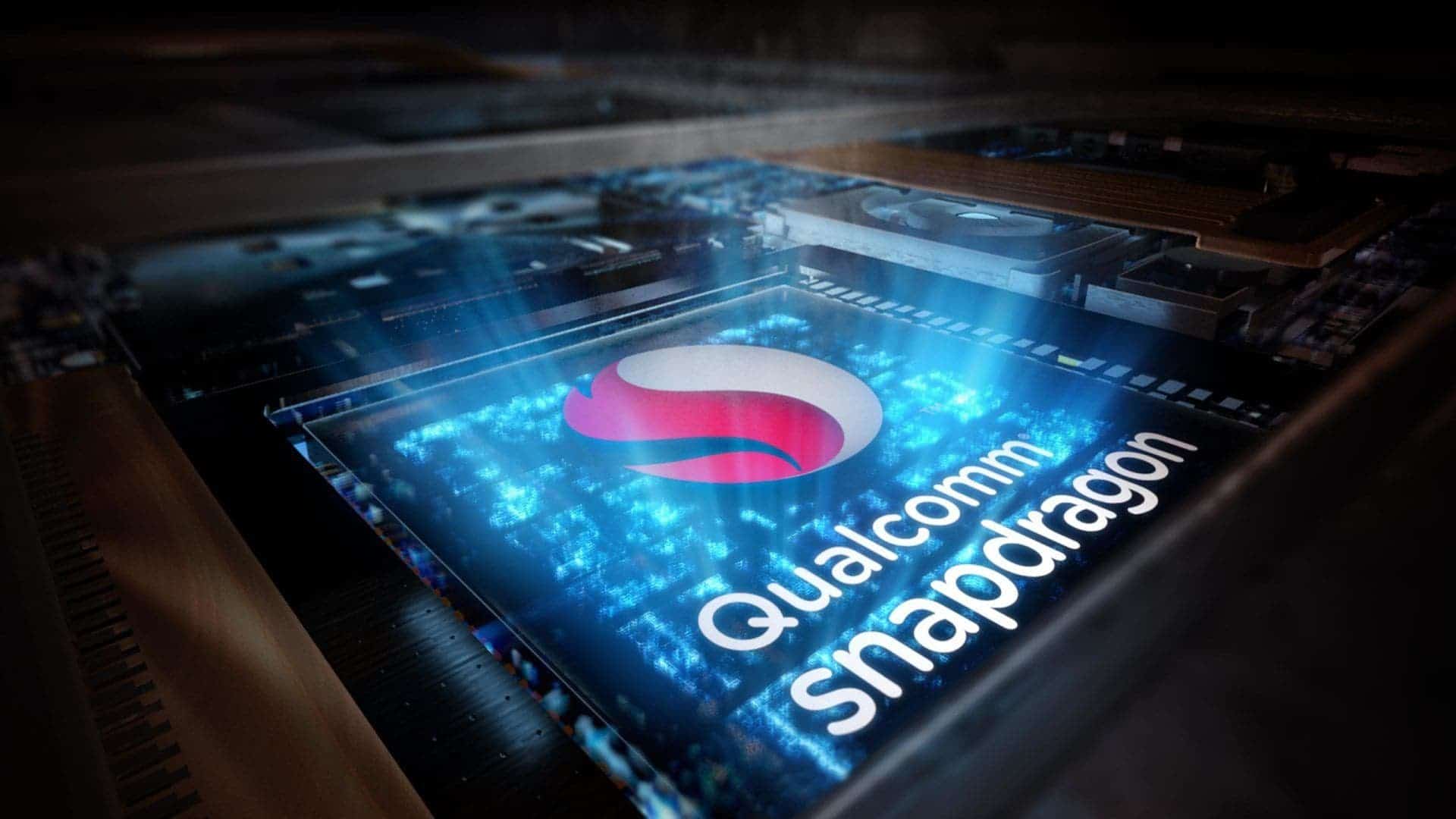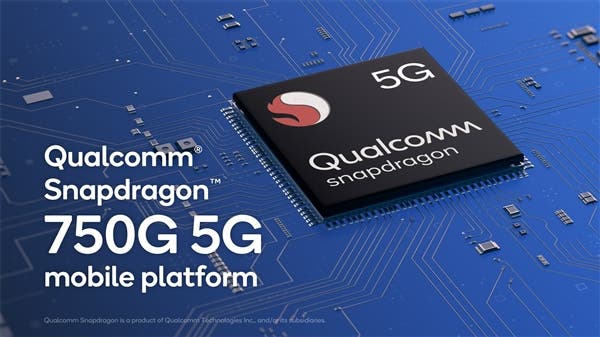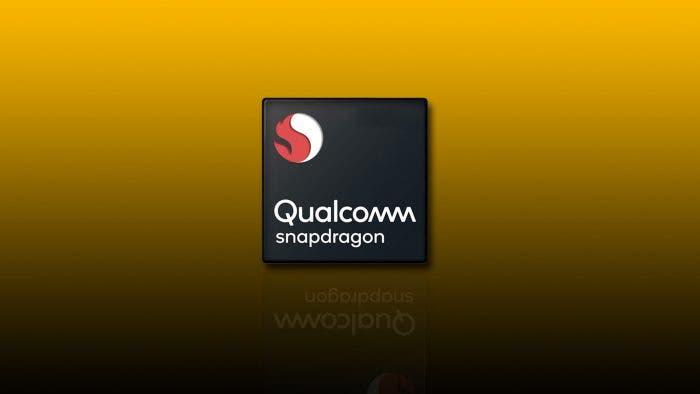Throughout its activities, Qualcomm demonstrates that “you deserve the best, you deserve the Snapdragon”. And we must admit that the company is successful in this direction and its brand of mobile platforms Snapdragon is associated with the best chips on the market by many. The industry is currently undergoing one of the most important transformations – the transition to 5G. Qualcomm also intends to move in this trend.
The details of the upcoming Snapdragon 775G SoC is revealed
One of the future platforms that will offer support for fifth-generation networks will be the Snapdragon 775G. According to the insider Roland Quandt, this chip will be the first in the manufacturer’s lineup to be manufactured using a 6-nanometer process technology. The installation of this SoC will allow smartphones to offer RAM up to 12 GB of LPDDR5 standard, a display with a refresh rate of 120 Hz, and a UFS 3.1 flash drive.

The Snapdragon 775G will be the successor to the Snapdragon 765G and will be significantly more powerful than its predecessor. We have an increase in performance of 40% and the speed of the graphics part by 50%. The new chip will be available early next year, which means that the first smartphones with it on board will appear no earlier than the first quarter of 2021.
If the assumptions about the timing of the chip’s release are correct, then the Xiaomi Mi 10T, whose announcement should be on September 30, will not be a pioneer with the Snapdragon 775G. In this situation, we can assume that its SoC used could be the Snapdragon 750G.
Qualcomm Uncovered Snapdragon 750G With Improved Features
Recently, Qualcomm officially released the new Snapdragon 750G processor. It is designed for the mainstream 5G market and is positioned under the Snapdragon 768G and Snapdragon 765/765G. However, it adopts a new architecture. The performance and functions are not weak, especially this is the first time that the A77 CPU core has been introduced into the Snapdragon 7 series.

The Snapdragon 750G continues to be manufactured using Samsung’s 7nm LPP EUV process. The CPU uses an octa-core design, including two A77 modified Kryo 570 cores clocked at 2.2GHz and six A55 cores at 1.8GHz.
Considering that the A77 can increase the performance of the same frequency by about 25% compared with the A76, the performance of the Snapdragon 750G CPU is basically comparable to that of the Snapdragon 768G. The latter integrates two A76 cores with frequencies of 2.8GHz and 2.6GHz.
Snapdragon 750G
The Snapdragon 750G GPU integrates Adreno 619. It will be about 10% higher than the Snapdragon 730G Adreno 618; But slightly lower than the Snapdragon 768G/765G Adreno 620.
The 5G baseband integrates the same Snapdragon X52 baseband; which supports frequency bands below 6GHz (4×4 100MHz carrier aggregation) and millimeter-wave frequency bands (2×2 400MHz carrier aggregation). The maximum download rate is 3.7Gbps, while the maximum upload rate is 1.6Gbps. It supports NSA /SA networking mode, TDD/FDD standard, DSS dynamic spectrum sharing, global roaming, global multi-card connectivity as well as 4G LTE Cat.24/22. The maximum download and upload rates are 1.2Gbps and 210Mbps, respectively.
The Snapdragon 750G also integrates Hexagon 694 DSP and the fifth generation AI Engine. It has a computing power of 4TOPS (4 trillion operations per second). This is 20% higher than the Snapdragon 730G. Also, this chip integrates an AI-based audio and voice communication suite to ensure clear voice calls. It also supports an always-on sensor hub (Sensing Hub), which can use multiple data streams to support context-aware use cases.





